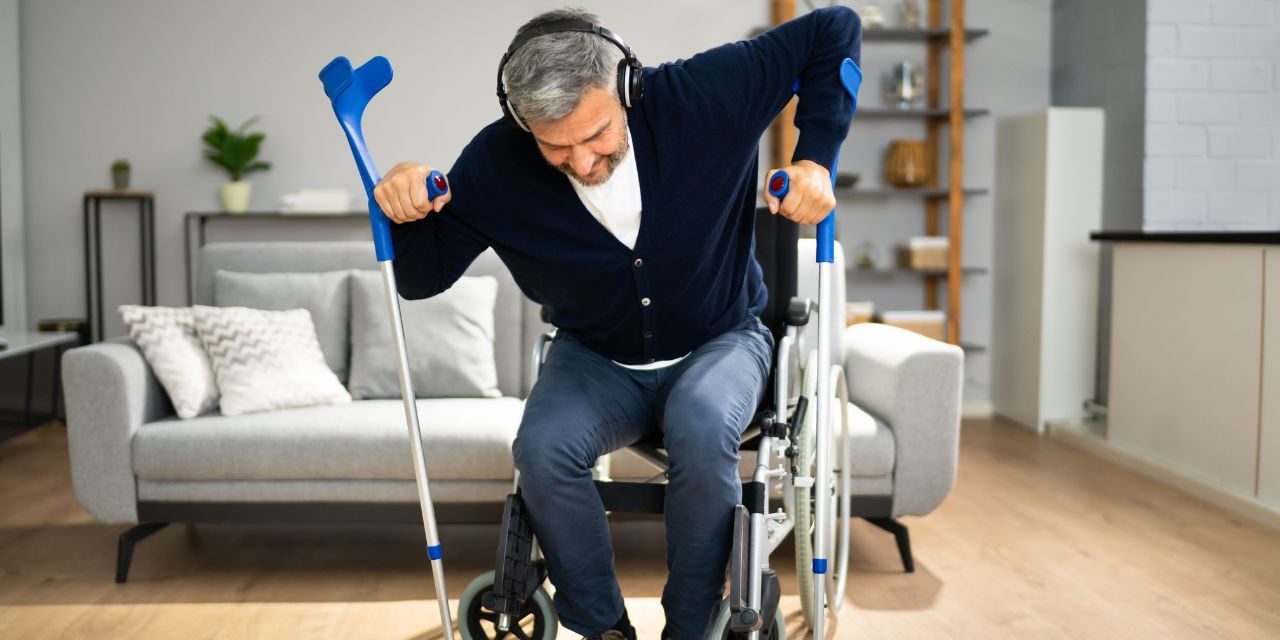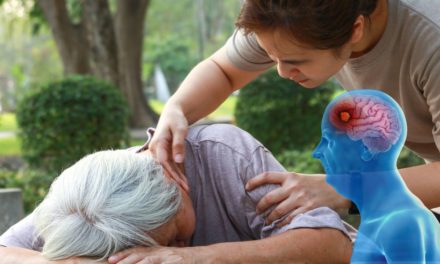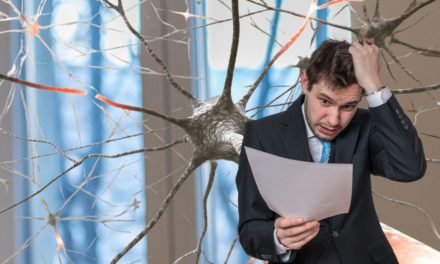Introduction
Paralysis is a profound and life-altering condition that can drastically impact an individual’s mobility, independence, and overall quality of life. It arises from disruptions in the nervous system and can result in varying degrees of muscle weakness or complete loss of movement. In this article, we will delve into the complexities of paralysis, shedding light on its causes, manifestations, effects on individuals, and comprehensive treatment approaches. By fostering understanding and awareness, we aim to provide valuable insights into paralysis and empower individuals to navigate its challenges with resilience and hope.
The Essence of Paralysis
Paralysis refers to the loss of muscle function in one or more parts of the body, often resulting from damage to the nervous system. It can be categorized as complete or partial, depending on the extent of muscle impairment.
Types and Causes of Paralysis
Paralysis can manifest in various forms, including:
- Monoplegia (one limb affected)
- Hemiplegia (one side of the body affected)
- Paraplegia (lower limbs affected)
Quadriplegia (all four limbs affected)
Paralysis can stem from different causes, such as:
- Spinal cord injuries
- Stroke or brain injuries
- Neurological disorders (e.g., multiple sclerosis, ALS)
- Trauma or accidents
- Infections affecting the nervous system
Unmasking the Effects
Paralysis can have a profound impact on an individual’s life, leading to:
- Loss of mobility and independence
- Challenges with daily activities
- Emotional and psychological distress
- Increased vulnerability to secondary health issues
Comprehensive Treatment Approaches
- Physical Therapy: Tailored exercises and therapies can help maintain muscle tone, improve mobility, and prevent joint stiffness.
- Assistive Devices: Wheelchairs, braces, and mobility aids can enhance independence and support daily activities.
- Rehabilitation Programs: Comprehensive rehabilitation programs focus on restoring functionality and improving quality of life.
- Medications: Depending on the underlying cause, medications may be prescribed to manage symptoms or slow disease progression.
- Surgery: Surgical interventions may be considered to address specific issues, such as nerve compression.
Psychological and Emotional Support
Coping with paralysis involves addressing emotional well-being. Counseling and support groups can provide valuable tools for mental resilience.
Promoting Accessibility and Inclusion
Advocating for accessible environments, equal opportunities, and societal understanding is crucial for individuals with paralysis.
Harnessing Technological Advances
Emerging technologies, such as exoskeletons and neural implants, show promise in enhancing mobility and independence.
Cultivating Resilience and Hope
While paralysis poses significant challenges, with determination, proper treatment, and a supportive network, individuals can embrace a fulfilling life.
Conclusion
Paralysis is a complex condition that demands multidimensional care and support. By comprehending its origins, acknowledging its effects, and embracing a holistic approach to treatment, individuals can navigate the realities of paralysis with strength and optimism. Through physical therapy, assistive devices, emotional support, and technological advancements, individuals can reclaim a sense of empowerment and redefine their life’s narrative. Let us raise awareness, advocate for inclusivity, and foster compassion as we stand beside those affected by paralysis on their journey toward recovery and a life filled with possibilities.










